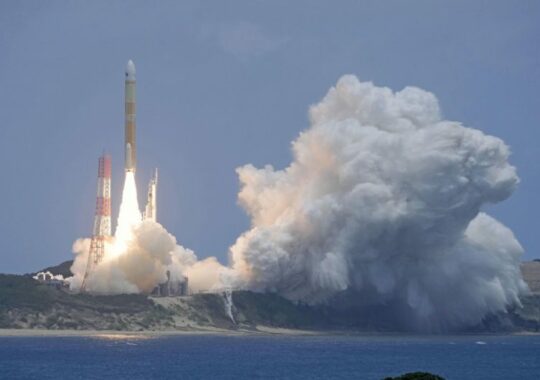A recent study has dated ancient multicellular fossils precisely, revealing significant junctures in Earth’s history and the emergence of complex life following a global ice age.
Curtin University-led research has successfully determined the age of some of the world’s oldest fossilized complex multicellular life for the first time, shedding light on a critical juncture in Earth’s history when the oceans started to overflow with new lifeforms following four billion years of being home only to single-celled microbes.
Lead author PhD student Anthony Clarke of Curtin’s School of Earth and Planetary Sciences’ Timescales of Mineral Systems Group explained that layers of volcanic ash were utilized by researchers like bookmarks in the geological sequence to establish the age of the fossils.
“Located in the Coed Cochion Quarry in Wales, which contains the richest occurrence of shallow marine life in Britain, we used outfall from an ancient volcano that blanketed the animals as a time marker to accurately date the fossils to 565 million years, accurate down to 0.1 percent,” Mr. Clarke said.
“With similar Ediacaran fossils found at sites around the world including in Australia, dating the fossils identifies them as being part of an ancient living community that developed as Earth thawed out from a global ice age.
“These creatures would in some ways resemble modern-day marine species such as jellyfish, yet in other ways be bizarre and unfamiliar. Some appear fern-like, others like cabbages, whereas others resembled sea pens.”
Professor Chris Kirkland, a co-author of the study and member of Curtin’s Timescales of Mineral Systems Group, explained that the fossils are named for the Ediacara Hills in South Australia’s Flinders Ranges, where they were initially found and led to the establishment of the first new geological period in more than a century.
“These Welsh fossils appear directly comparable to the famous fossils of Ediacara in South Australia,” Professor Kirkland said.
“The fossils, including creatures like the disc-shaped Aspidella terranovica, showcase some of the earliest evidence of large-scale multicellular organisms, marking a transformative moment in Earth’s biological history.
“Ediacaran fossils record the response of life to the thaw out from a global glaciation, which shows the deep connection between geological processes and biology.
“Our study underscores the importance of understanding these ancient ecosystems in order to unravel the mysteries of Earth’s past and shape our comprehension of life’s evolution.”





